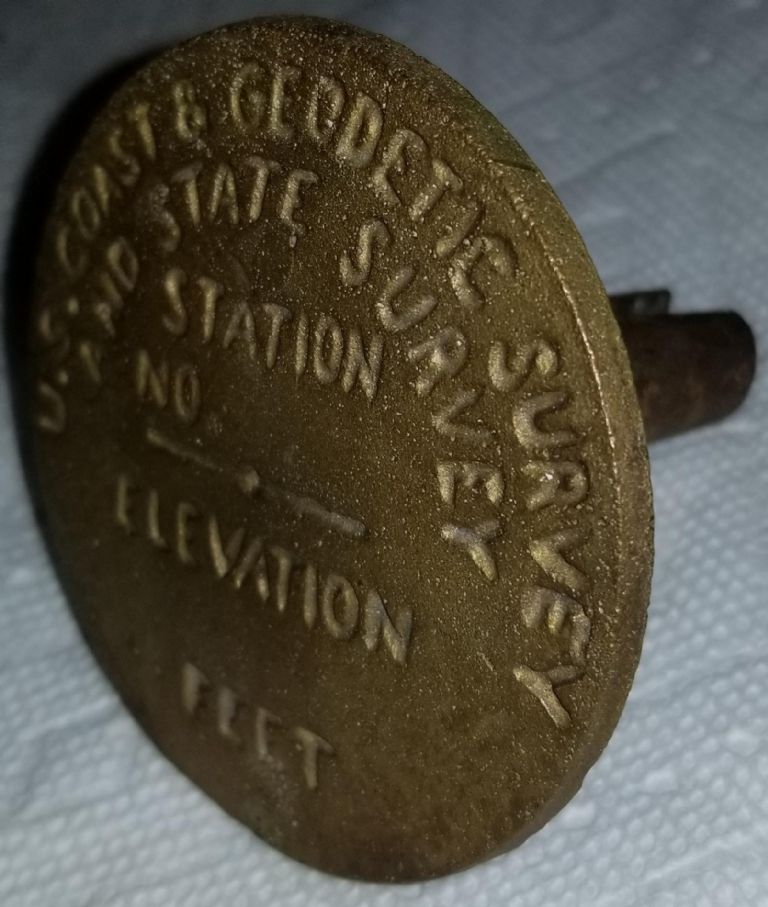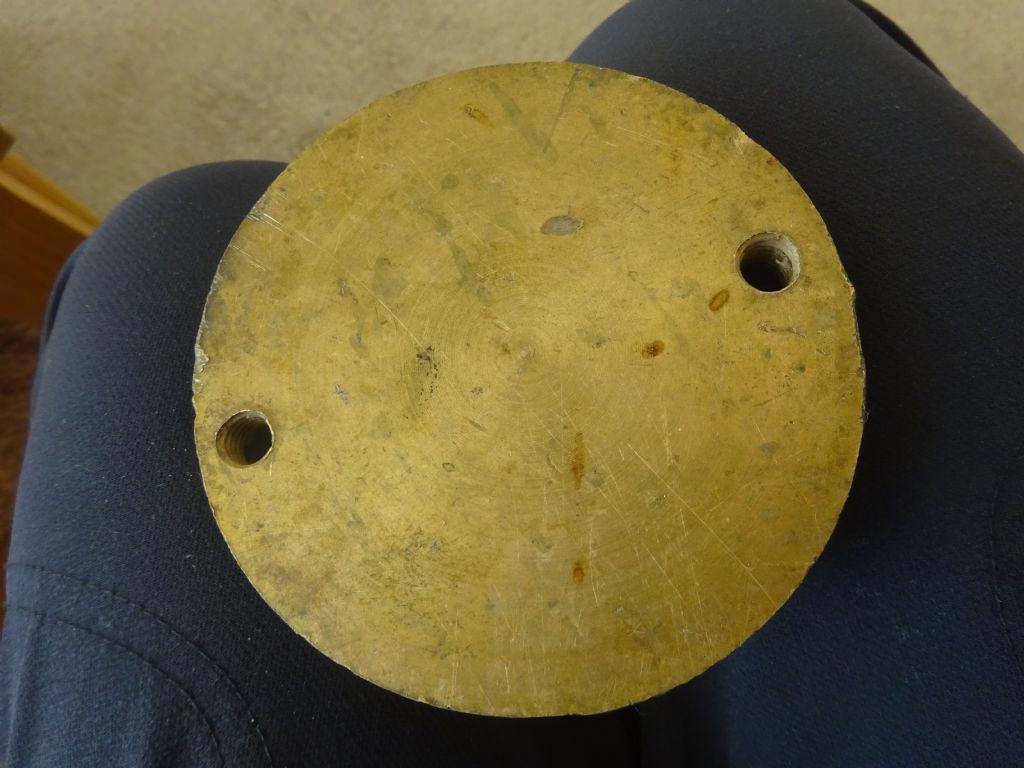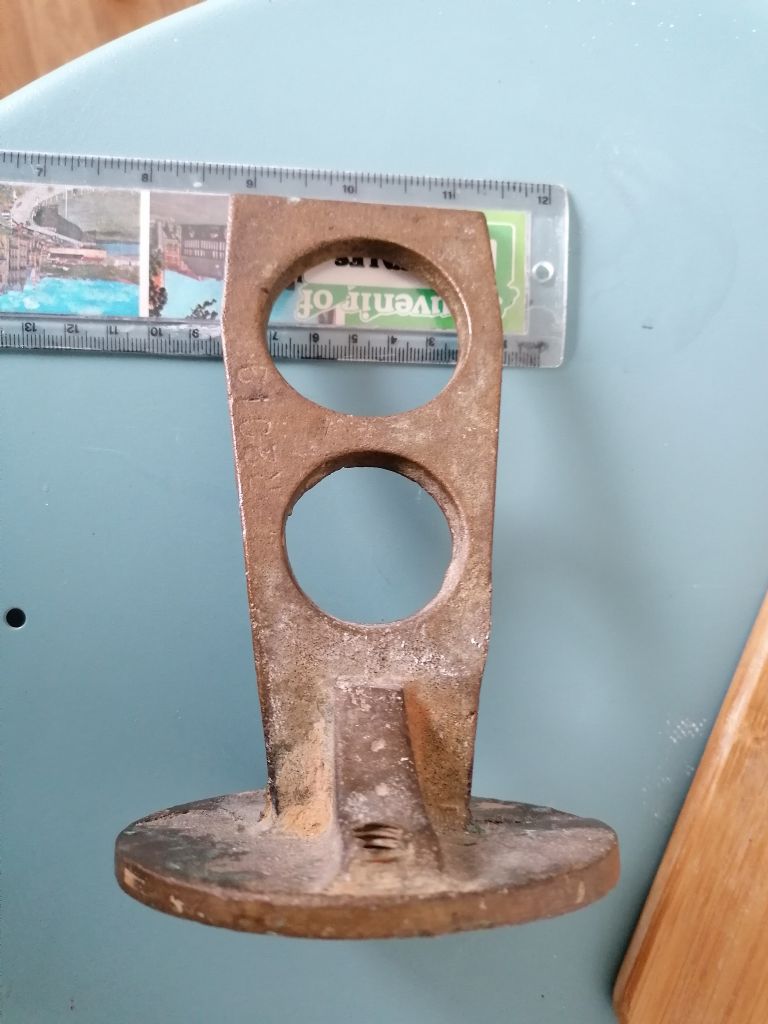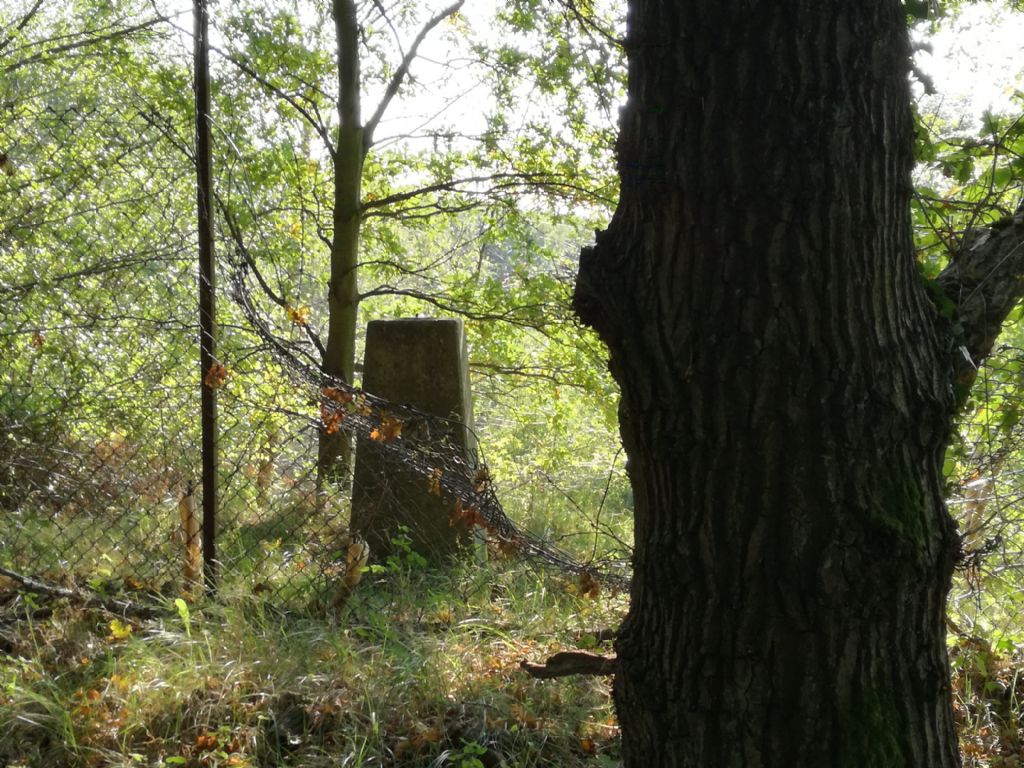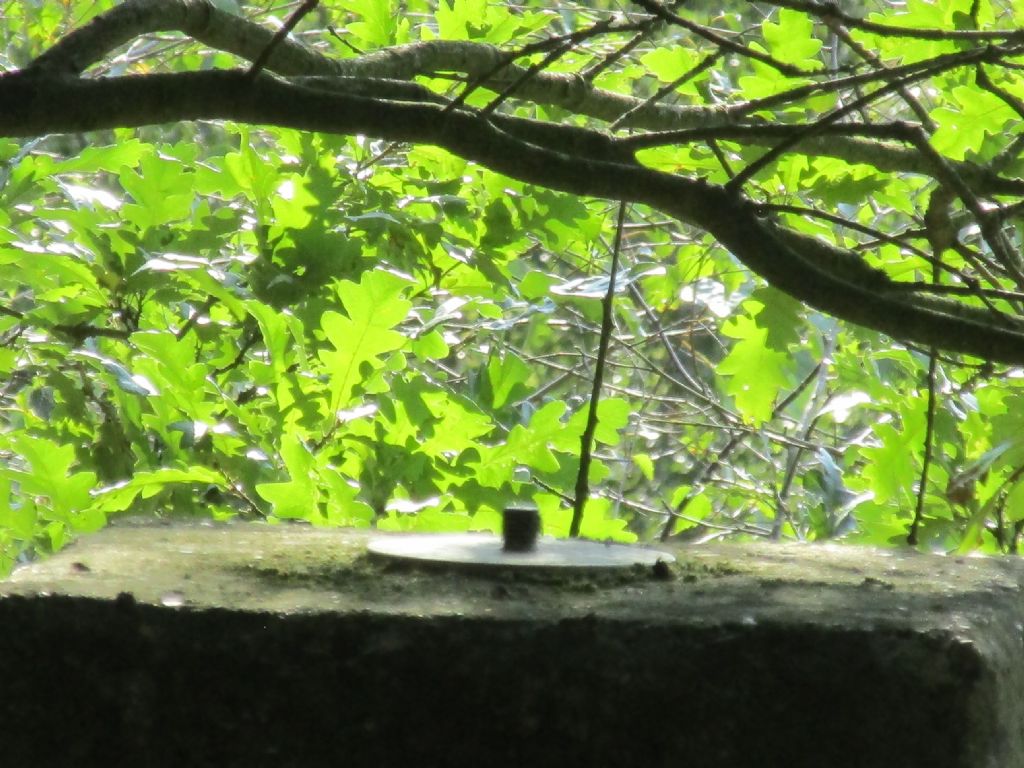Posted by Michael Gilligan on 14/09/2020 08:09:29:
Posted by Nicholas Farr on 14/09/2020 07:47:44:
…
…
… I was hoping someone would simply recognise the thing
Which Clive appears to have done … [ but there again, so did Dave ]
MichaelG.
Michael is never going to forgive me! I apologise, in hope of getting back into his good books. Be ironic if it does turn out to be a Javelin Gauge. It's not impossible.
Speedy Builder Bob suggested this useful list: not precision, not made for strength, holes are 2 different diameters, attached to something else, being bolted from the other side, if supporting something round, its going to rattle about unless there is a rubber grommet or similar, not "gas proof" as the surfaces aren't machined, not ex government, found on a playing field, has an identification number R2019, and thread form as a clue to age.
I'd add it's largish bronze casting, which suggests permanent outdoor use for a rough job not requiring much strength. Looking at the photo, the holes may be to save weight or material. Being unfinished I think the edges would chafe any rope or wire passed through them.

Although it's not well made enough to be a precision survey item, it may have a similar use. I suggest two of these were mounted on flat plates placed on the ground with a cord pulled taut between them to mark out the white lines on pitches and running tracks. The white-line roller is pushed by a Groundsman along the cord to keep the white-line straight. Quicker and less damaging to the grass than banging in stakes and pulling them out. The fitting doesn't have to take any weight because the cord lies on the ground, but it does need to be heavy enough not to move. Possibly the flat shape helps mark out radii?
Bronze has never been cheap, and this is the sort of thing that gets nicked, it was probably accounted for. R2109 identifies the item, perhaps appearing in the books as, TOP, GUIDE, LINE, BRONZE, R2109 – 2 off.
I'm ignoring any significance in the deliberately flat top and coffin-shoulder sides.
Dave
Martin King 2.


